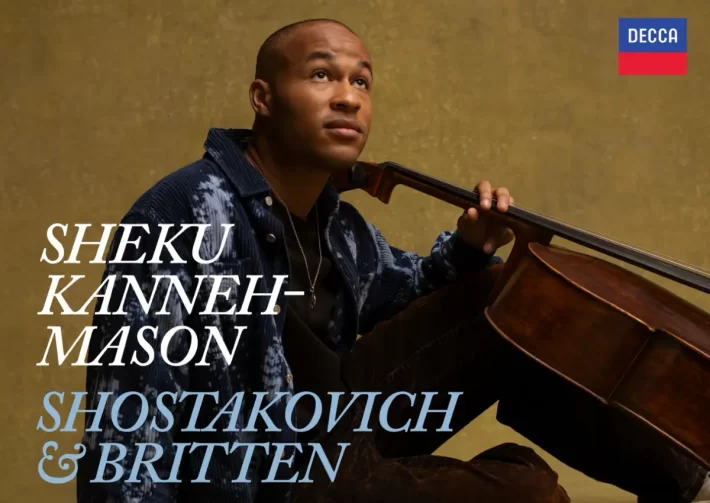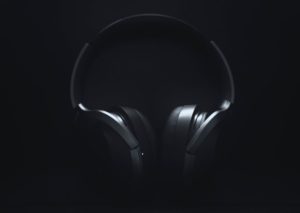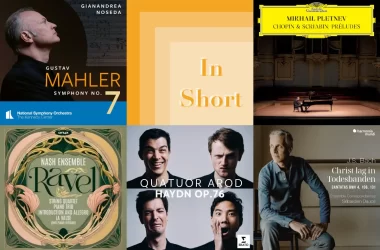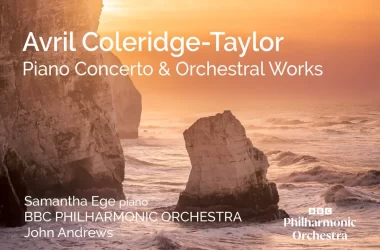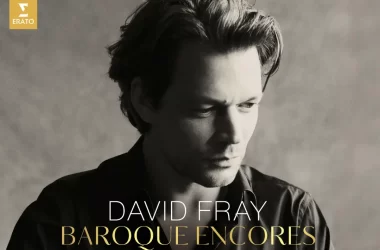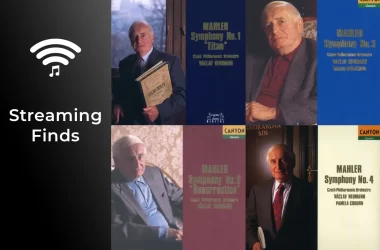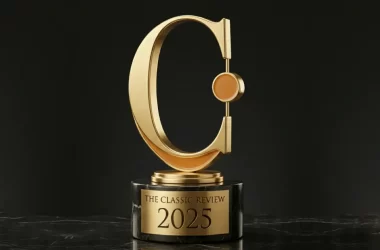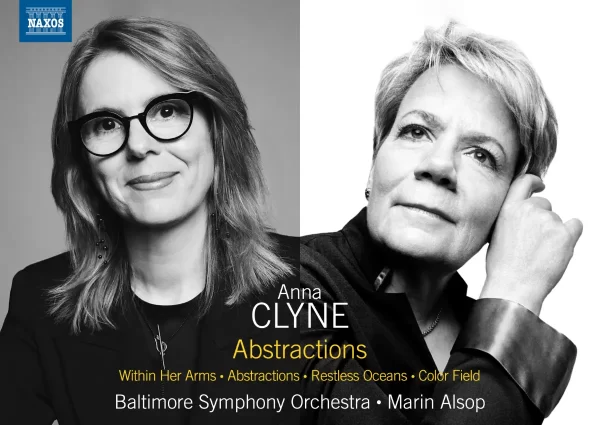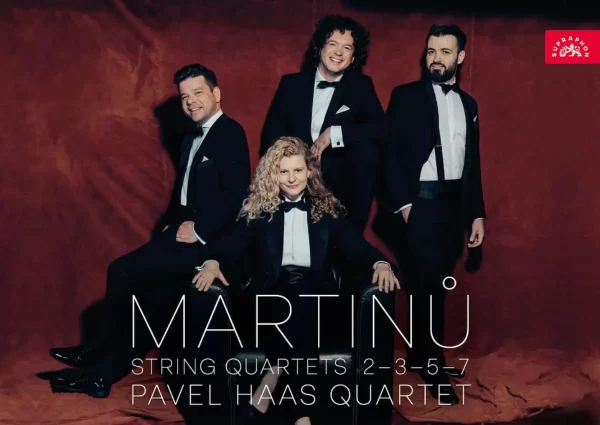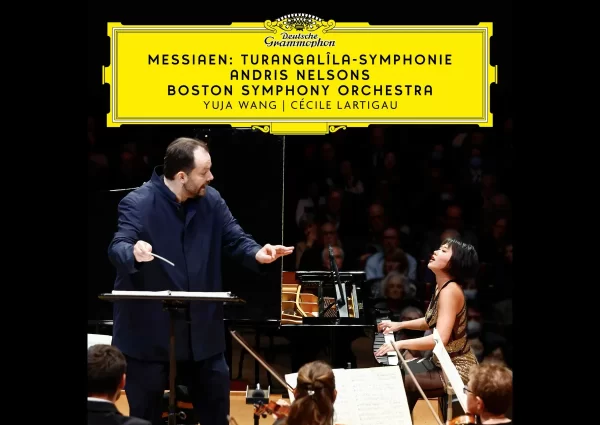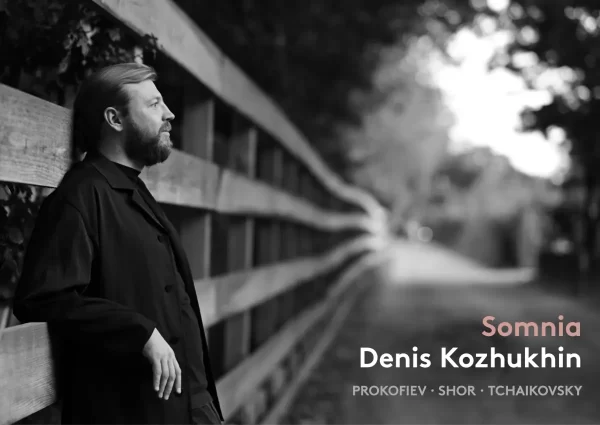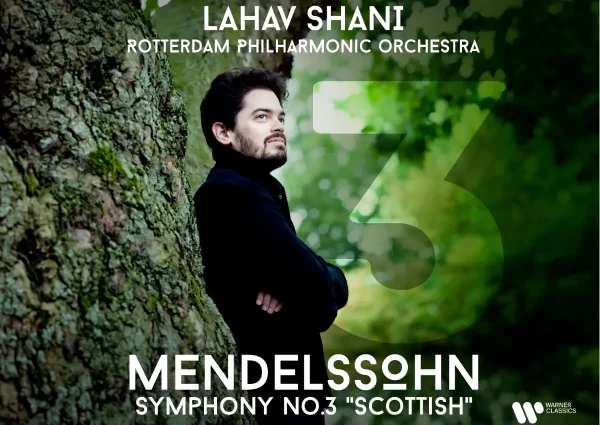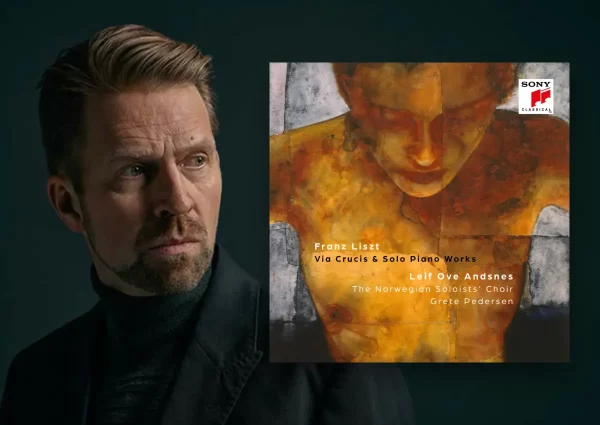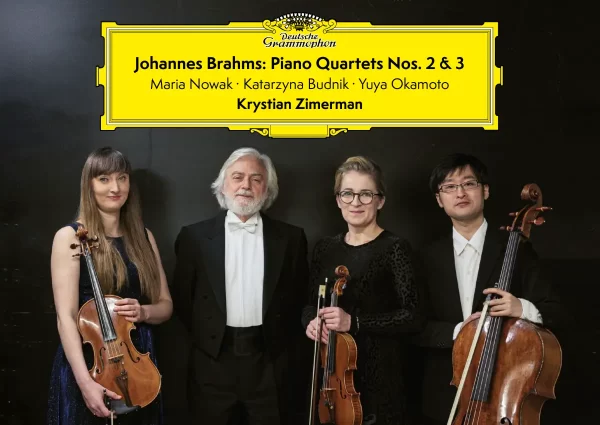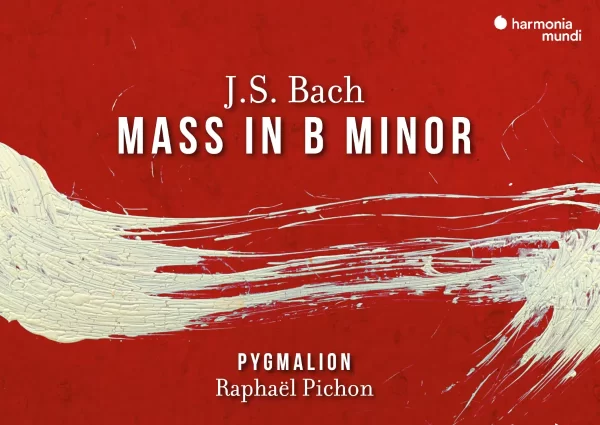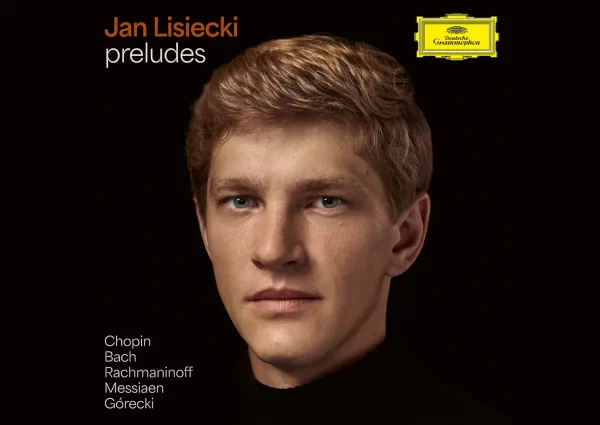The three works on this new release were written for (or closely associated with) cellist and conductor Mstislav Rostropovich: Shostakovich’s Cello Concerto No. 2 and Cello Sonata, along a cello sonata by Britten. The concerto’s opening is dark and melancholic, Sheku Kanneh-Mason’s typically lustrous tone drained of life. Here and throughout the concerto, he is well matched by John Wilson and the Sinfonia of London, in their first non-Chandos recording.
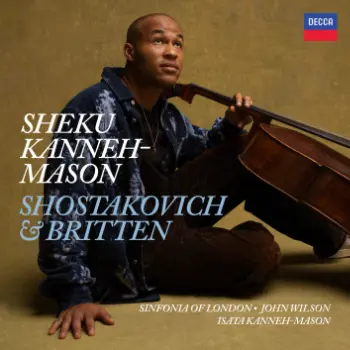
As the music progresses, the cello ‘protagonist’ shakes off those dark thoughts, leading into a forced, sardonic dance (track 1, 5’12”) that produces little merriment, the exacting articulation and sharply contrasting colors of both soloist and orchestra intensifying the sense of faked joy. Thanks to Decca’s engineering, the bass drum strokes (8’11”) have tangible impact as they disrupt the cello’s impassioned cries. This leads to a gripping rendition of the Cadenza, empty and forlorn, bringing the movement to a muted, ambiguous end.
The second movement is brutally sarcastic as raucous bassoons and horns dialogue with Kanneh-Mason’s savage glissandos and brittle articulation. The whooping horns that begin the final Allegretto are stupendous, as is the cello’s cadenza accompanied by a tambourine. Finally, Shostakovich permits a more lyrical passage (track 3, 1’39”) in which Kanneh-Mason really lets his cello sing. The remainder of the movement is contrasts dance music, military marches and lyric song – the dialogue between cello and snare drum (beginning 8’32”) leads to a ferocious, hammering climax. These mercurial mood shifts are thrillingly caught by Kanneh-Mason and Wilson in a performance that now edges out my current favorite, Truls Mørk with Vasily Petrenko and the Oslo Philharmonic (Ondine).
Having not heard Britten’s Cello Sonata in several years, I was struck by the toughness of the musical language. In an interview for The Strad, Kanneh-Mason suggests its five movements more a Suite than Sonata, each one with its own character. The performance, with sister Isata Kanneh-Mason, certainly proves this assertion: the second movement’s pizzicato filigree will surely bring a smile to your face, while the third movement’s self-examining musings plum darker emotions. The ferocious demonic energy of the final Moto perpetuo is thrilling, many technical and coordination challenges between instruments are fully met.
Shostakovich’s Cello Sonata (the one piece on the album not written for Rostropovich) was composed in late 1934. The work marks Shostakovich’s shift towards a direct, more conservative compositional language, familiar to all lovers of his fifth symphony.
The opening movement’s two lyrical themes are played with romantic abandon, followed by a second movement Allegro that is earthier but less caustic than the Concerto’s corresponding Allegretto. (A subtle difference which the Kanneh-Masons capture – and note the Trio’s brilliant cello arpeggios in harmonics.) The martial struggles are arguably more apparent in the Largo, Kanneh-Mason’s introverted and intimate reading deeply touching.

Sheku and Isata Kanneh-Mason (image: James Hole)
The Rondo finale features several overtly virtuosic passages for both performers, as well as a return of Shostakovich’s familiar blend of sarcasm and insolence. The Kanneh-Masons are about two minutes slower than Rostropovich’s classic recording with Shostakovich as pianist (Warner Classics), though it never feels slow.
Decca’s excellent engineering creates greater clarity than Chandos does when recording this orchestra. The sonatas were both recorded at Snape Maltings Concert Hall, Suffolk. Impressive performances from a charismatic soloist and a sensitive collaborator – warmly recommended.
Recommended Comparisons
Shostakovich – Cello Concerto No.2:
Britten – Cello Sonata:
Rostropovich/Britten | Ma/Ax | Gerhardt/Osborne

Album Details |
|
|---|---|
| Album name | Shostakovich & Britten |
| Label | Decca |
| Catalogue No. | 4870835D |
| Artists | Sheku Kanneh-Mason (cello), Sinfonia of London, John Wilson, Isata Kanneh-Mason (piano) |
Included with an Apple Music subscription:
Available on Presto Music
Latest Classical Music Posts

